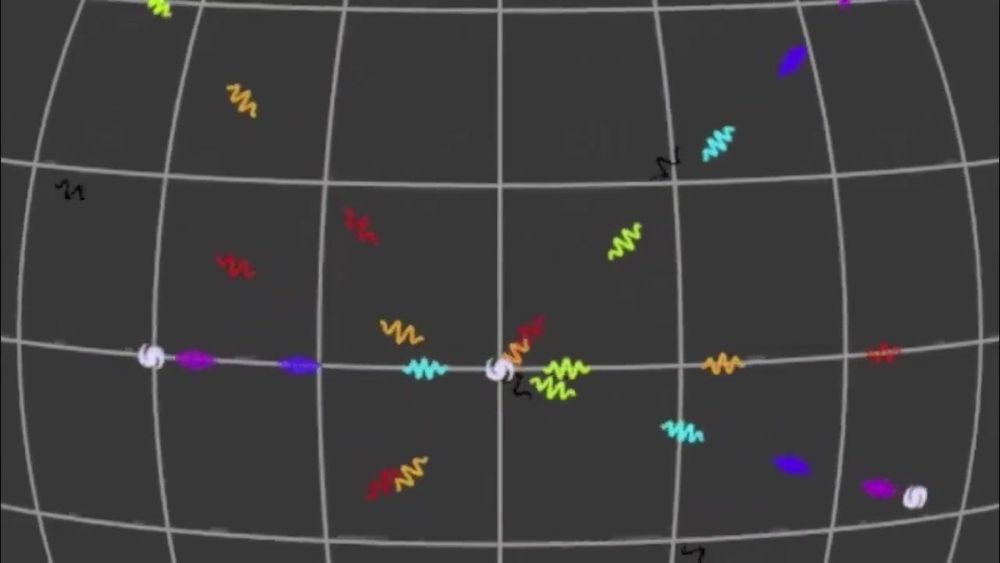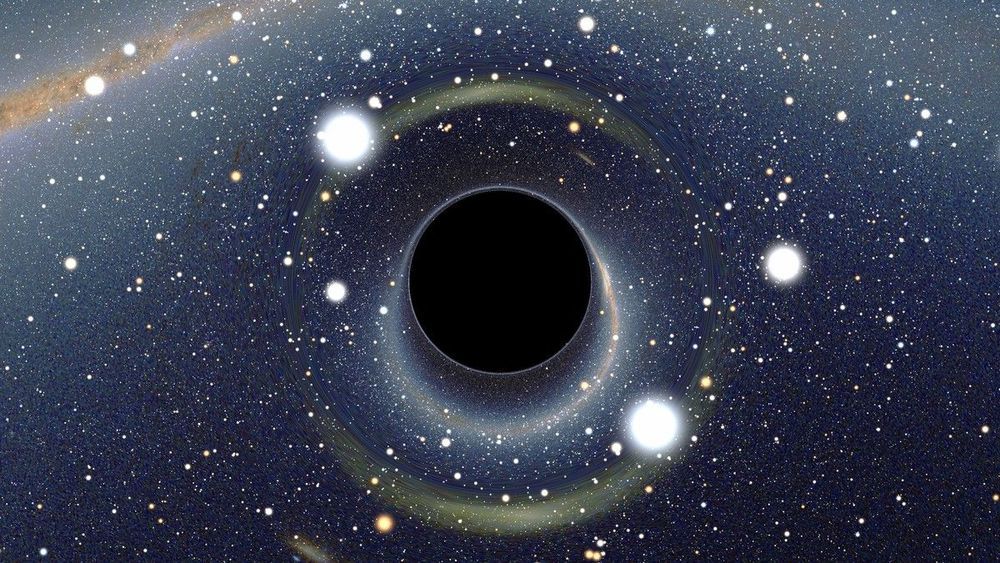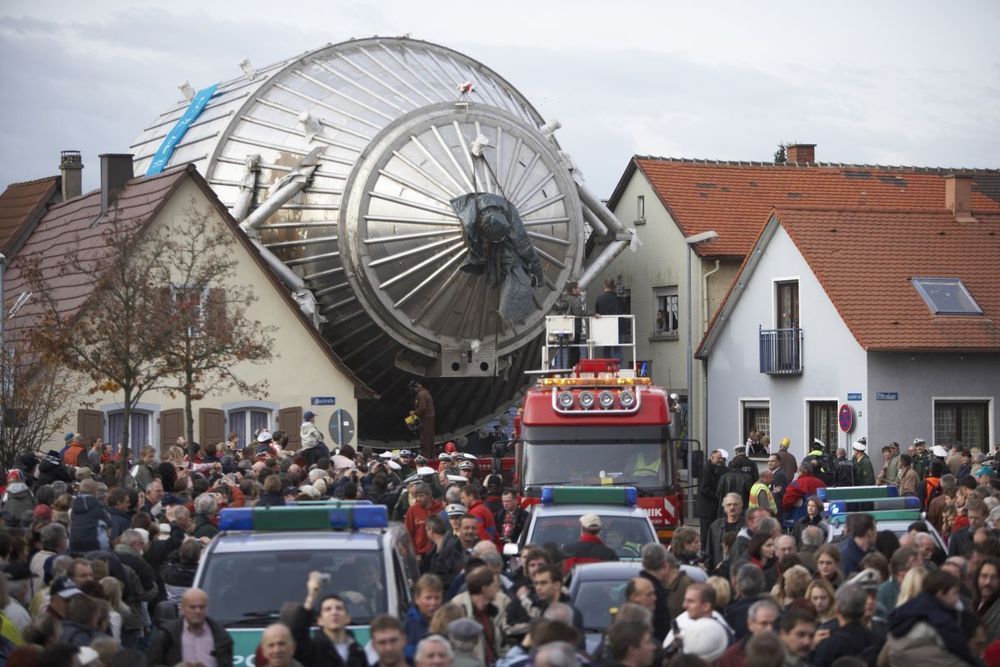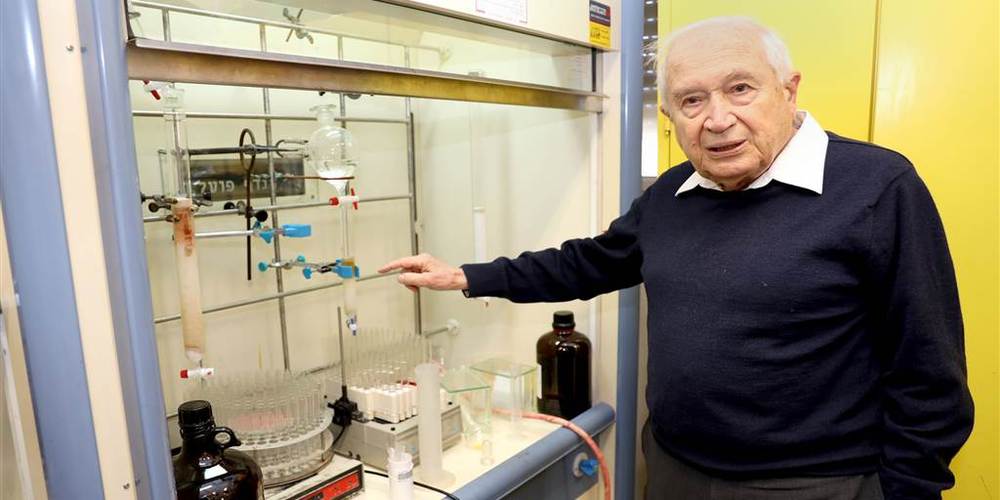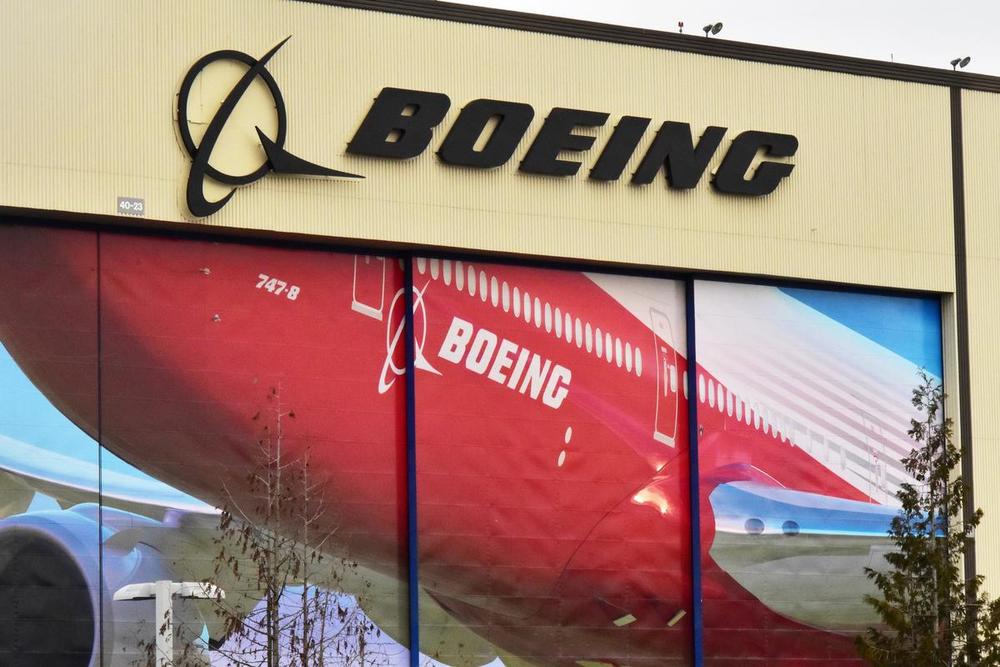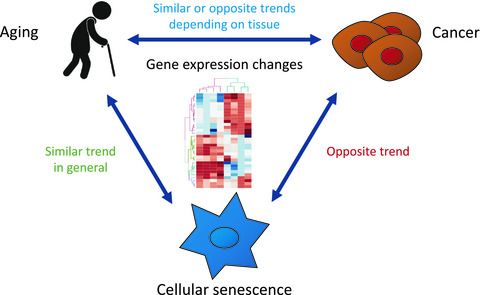Nuclear fusion could be the clean energy the world needs—and private companies are now working on machines to harness it.
Tonight—just like every night—the pursuit of E.T. perseveres in Hat Creek, California.
There, in the midst of the Cascade Mountains, the faint buzz of the Allen Telescope Array hums on a secluded and scrubby field where jackrabbits wander and rattlesnakes roam.
Since 2007, the array’s 42 radio dishes have scanned the skies for signals from alien civilizations. Detecting one is the longest of long shots. So far, nothing suggesting an extraterrestrial intelligence has been found. Here at Hat Creek, a close encounter with a bear seems more likely.
Hubble’s Deep Field Image
Posted in space
This alternate explanation for ‘Planet Nine,’ proposed by scientists in a new paper, poses some fundamental questions like: Should we visit it?
The KATRIN experiment has turned up a new, more-precise-than-ever measurement for the barely-detectable neutrino mass.
Raphael Mechoulam, an Israeli organic chemist and professor of medicinal chemistry at the Hebrew University of Jerusalem, remembers the letdown after his groundbreaking discoveries surrounding the structure of the cannabis compounds CBD and THC in 1963 and 1964, followed by clinical tests with CBD published in 1980.
“Not much happened,” Mechoulam said, noting that it would take more than 30 years before his clinical work on using CBD, or cannabidiol, to treat epilepsy became widely accepted. Greenwich Biosciences, which is owned by GW Pharmaceuticals, was able to develop the first cannabis-derived drug that built on Mechoulam’s research. The drug, Epidiolex, treats seizures associated with two rare forms of epilepsy and was approved by the FDA only last year.
But even as his work laid the foundation for the modern cannabis industry and for understanding how cannabis interacts with the human body, a white whale eluded research: cannabis acids, which are compounds that are produced in the plant when it is alive and may be more potent than their better-known derivatives, such as CBD and THC.
WASHINGTON (Reuters) — The U.S. Federal Aviation Administration late on Friday said it would require operators of some Boeing (BA.N) 737 NG jetliners to conduct inspections for structural cracks and make repairs as needed following the discovery of cracks on a small number of planes.
The FAA said Boeing notified it of the issue “after it discovered the cracks while conducting modifications on a heavily used aircraft.” Subsequent inspections “uncovered similar cracks in a small number of additional planes.” Boeing said on Friday it has been in contact with 737 NG operators about a cracking issue, but added that “no in-service issues have been reported.”
Neither the FAA nor Boeing immediately said how many planes were impacted by the required inspections.
New Arrivals: 09/27/2019
Posted in space
There are now nine Earthlings living and working aboard the International Space Station! 👩🚀 👨🚀 This week’s arrival of astronaut Jessica Meir, cosmonaut Oleg Skripochka and spaceflight participant Hazzaa Ali Almansoori to our orbiting laboratory marks the largest crew on station since September 2015. Watch the latest episode of #SpaceToGround for more details:
Aging is the biggest risk factor for cancer, but the mechanisms linking these two processes remain unclear. Using GTEx and TCGA data, we compared genes differentially expressed with age and genes differentially expressed in cancer among nine human tissues. In most tissues, aging and cancer gene expression pattern changed in the opposite direction. The exception was thyroid and uterus, where we found transcriptomic changes in the same direction in aging and in their corresponding cancers. The overlapping sets between genes differentially expressed with age and genes differentially expressed in cancer across tissues were enriched for several processes, mainly cell cycle and the immune system. Moreover, cellular senescence signatures, derived from a meta‐analysis, changed in the same direction as aging in human tissues and in the opposite direction of cancer signatures. Therefore, transcriptomic changes in aging and in cellular senescence might relate to a decrease in cell proliferation, while cancer transcriptomic changes shift toward enhanced cell division. Our results highlight the complex relationship between aging and cancer and suggest that, while in general aging processes might be opposite to cancer, the transcriptomic links between human aging and cancer are tissue‐specific.


